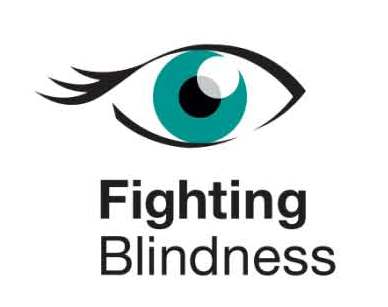 Generally a person who is unsighted is considered as a blind person. However, the term ‘blindness’ is also utilized to trace altering level of vision. This eye disorder targets people from all age group across the globe, and it is classified into numerous types. Have a look at several types of blindness and low vision.
Generally a person who is unsighted is considered as a blind person. However, the term ‘blindness’ is also utilized to trace altering level of vision. This eye disorder targets people from all age group across the globe, and it is classified into numerous types. Have a look at several types of blindness and low vision.
COMPLETE BLINDNESS: –
In simple words total loss of vision means complete blindness. In this medical condition people have a sharp-sightedness of 20/200 in their good eye. Therefore person of healthy vision can notice an object from 200 feet distance, whereas a person with total loss of vision can notice it not far than 20 feet. Various factors are responsible behind complete blindness and it targets people of all age groups owing to numerous reasons.
Macular degeneration:-
This eye disorder is mostly age-related and is usually found in elderly people. In such circumstance, retinal damage stimulates sight loss in the macula, found in the middle of optic field. These people generally confront difficulty in reading or recognizing faces, but carry some circumferential vision, and this is because, are not totally visually handicapped.
Cataract:-
Cataract cited to the darkness that build up on the crystalline lens, which lead to altered level of blurred vision. The quality of the lens may be insignificant or it could complete. Early warning sign comprises short vision or nearsightedness and a lower capability to identify shade of the color blue. It is one such condition which expands with age and can give rise to total loss of vision if one does not opt treatment.
Diabetic retinopathy:-
Diabetes disease gives an open invitation to this sort of blindness, and senior citizens as well as children are prone to it. In this condition, the blood vessels found in the external side of the eye ruptured because of diabetes-associated troubles. This further lead to impaired sight, and is fairly normal among people confronted diabetes beyond 10 years. Unluckily, diabetic retinopathy does not usually exhibit early signs. But it is frequently observed that these patients can obtain huge relief through surgery and medications.
Glaucoma:-
Glaucoma takes place as a result of fluid burden formulate in the eye. This intraocular burden induces harm to the optic nerve, which interrupts the picture transmission to the brain. The chances are high in those people having family history of diabetes or glaucoma would be at higher peril. It is recommended that such patient must look for medical assistance after 40 to stay away from permanent vision loss, as signs of glaucoma are extremely hard to point.
NIGHT BLINDNESS OR NYCTALOPIA: –
Night blindness, as most people experience, is an optic deterioration which happens in darkness. One may not classified it as visual defect, but the complete sightlessness in these instances is fairly significant. Such people fail to change their sight in dim light or darkness. Some people may face night blindness from their birth. On the other hand, in others, it may be a consequence of retinol or vitamin A inadequacy or even eye injuries.
Another responsible reason is retinitis pigmentosa, an inherited circumstance wherein the rod cells found in the retina turns slowly insensitive to light. In future years, the daytime sight of such people may also worsen. Youngsters become highly susceptible to this condition, and then slowly turn totally blind till they reach 40. The great thing is that genetic testing can aid decide the peril of retinitis pigmentosa.
COLOR BLINDNESS:-
People suffering through color blindness are known to have lack the capability to recognize certain colors. Mostly thought to be, a hereditary condition which does not comes under the typical category of sightlessness. Sometimes, exposure to UV rays may induce retinal impairment, leading in color blindness. Such people mostly go through from red-green color blindness. This condition denotes that they have troubles to distinguish between certain shades of green and red.
In other cases, people fails to notice some colors, this condition is referred dyschromatopsia. In achromatopsia kind of condition, person is wholly incapable to observe colors.
According to studies, majority of men are observed to be color blind than women due to its inherited origins. Remember, color blind people incline to have average sight otherwise, barring their incapacity to differentiate between some colors.
